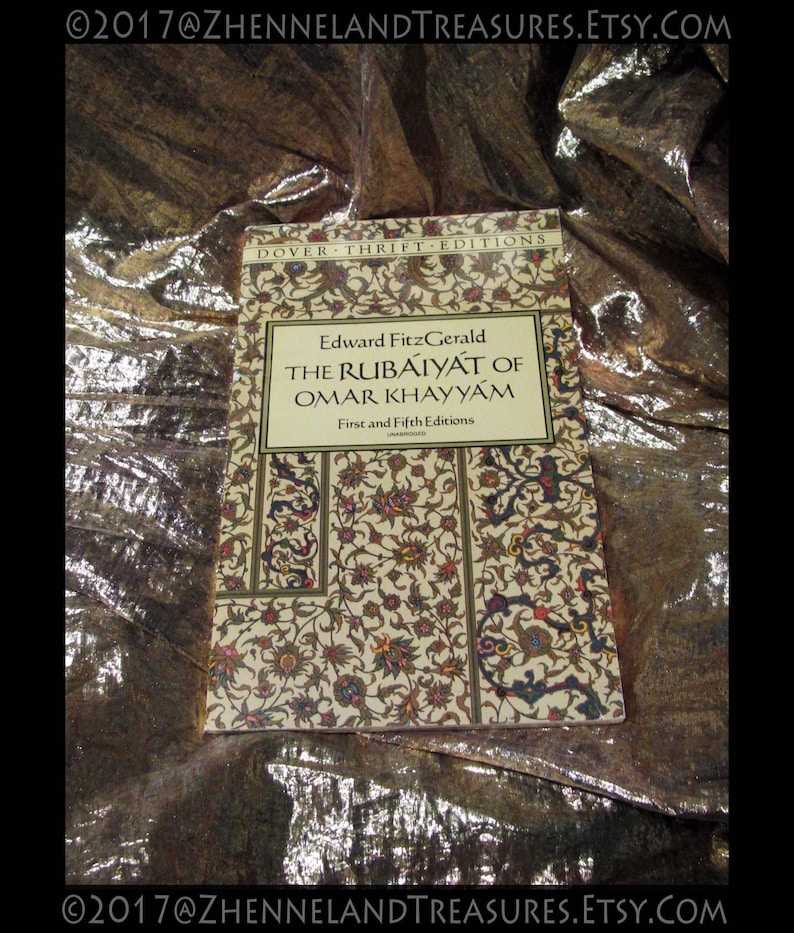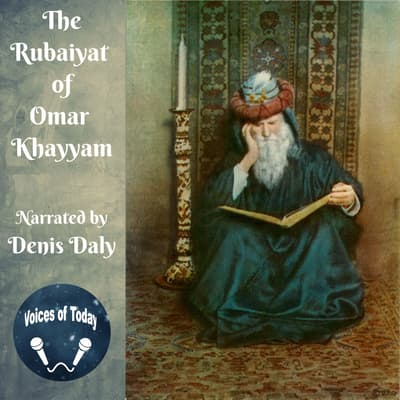


In medieval Persian texts he is usually simply called Omar Khayyam.

Omar Khayyam was born, of Khorasani Persian ancestry, in Nishapur in 1048. This poetry became widely known to the English-reading world in a translation by Edward FitzGerald ( Rubaiyat of Omar Khayyam, 1859), which enjoyed great success in the Orientalism of the fin de siècle. There is a tradition of attributing poetry to Omar Khayyam, written in the form of quatrains ( rubāʿiyāt رباعیات). : 284 As an astronomer, he calculated the duration of the solar year with remarkable precision and accuracy, and designed the Jalali calendar, a solar calendar with a very precise 33-year intercalation cycle : 659 that provided the basis for the Persian calendar that is still in use after nearly a millennium. Khayyam also contributed to the understanding of the parallel axiom. As a scholar, he was contemporary with the rule of the Seljuk dynasty around the time of the First Crusade.Īs a mathematician, he is most notable for his work on the classification and solution of cubic equations, where he provided geometric solutions by the intersection of conics. He was born in Nishapur, the initial capital of the Seljuk Empire. Ghiyāth al-Dīn Abū al-Fatḥ ʿUmar ibn Ibrāhīm Nīsābūrī ( – 4 December 1131), commonly known as Omar Khayyam ( Persian: عمر خیّام), was a Persian polymath, known for his contributions to mathematics, astronomy, philosophy, and poetry. Tusi, Al-Khazini, Nizami Aruzi of Samarcand, Hafez, Sadegh Hedayat, André Gide, John Wallis, Saccheri, Edward FitzGerald, Maurice Bouchor, Henri Cazalis, Jean Chapelain, Amin Maalouf Mathematics ( medieval Islamic), astronomy, Persian philosophy, Persian poetry Avicenna, al-Khwārizmī, Euclid, Apollonius of Perge


 0 kommentar(er)
0 kommentar(er)
